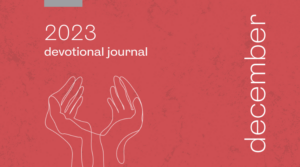Deeper ReflectionWhen Daniel dreamed of the visions, he could not understand
their meaning, as he needed a divine being to make
known to him the interpretation (Dan 7:15-16). But even
before Daniel received the interpretation, his mind went back to
Nebuchadnezzar’s dream almost fifty years ago (Dan 2).
6
“Perhaps
Daniel was now reflecting on that statue with its four metallic empires
succeeding one another” and discerned a connection with his visions of
four beasts: “The pattern of four repeats itself.”
7
In the Bible, repeated
literary patterns are a divine pattern that shows a theology: God is in
sovereign control. God does use discernible patterns in directing our
lives as we walk with Him faithfully.
Daniel was reflecting on the current geopolitical scene with
Nebuchadnezzar’s dream (Dan 2) and his visions (Dan 7) in mind: “The
Babylonian Empire was clearly drifting to its extinction, what was to
follow?”
8
The great statue of four kingdoms, representing superpowers
in world history, does not show any evil as do the four kingdoms
represented by the four beasts. Daniel was “a man close to the heart of
the imperial government of Babylon”, and he “doubtless had profound
insight at a purely human and political level into the likely international
outcomes if Babylon fell. He is not likely to have been lounging on a
bed of illusions and false optimism. On the contrary, it may have been
a well-warranted fear of the longer future that prepared his mind for
the visions that he now begins to recount [in Dan 7].”
9
That frightening “longer future” is a world ruled by beastly leaders that devour people.
6 Christopher J. H. Wright, 152
7 Christopher J. H. Wright, 152
8 Christopher J. H. Wright, 152
9 Christopher J. H. Wright, 151

